Η θέση του design στα βήματα για μια ουσιαστικότερη φιλοζωία
DS.WRITER:
Christina Ioakeimidou
Πηγή Κεντρικής Εικόνας: img.storyblok.com
Έχοντας ως αφορμή την Παγκόσμια ημέρα των Ζώων (04/10), μήπως θα έπρεπε να αναρωτηθούμε, γιατί η εικόνα ενός κακοποιημένου σκύλου ή γάτας μάς δημιουργεί θλίψη και φρίκη, ενώ την ίδια ώρα μπορεί να βλέπουμε την είδηση τρώγοντας κρέας; Ας μην το αρνηθούμε. Όλοι μας έχουμε υπάρξει, έστω και μία φορά στη ζωή μας, θύματα του Σπισισμού (γλωσσικό δάνειο της αγγλικής ορολογίας, speciesism), θεωρώντας κάποια ζώα σημαντικότερα ή πιο «κοντά μας» σε σύγκριση με άλλα. Από αυτή τη σύγκριση, φυσικά, δεν θα μπορούσε να λείπει ο άνθρωπος, ο οποίος καθολικά τοποθετείται στην κορυφή της πυραμίδας, ως το ανώτατο και σπουδαιότερο ζωικό είδος. Μήπως ήρθε η ώρα, αν και κάπως αργά, καθότι βρισκόμαστε στον 21ο αιώνα, για να αναθεωρήσουμε αυτή τη στάση προκατάληψης, απελευθερώνοντας τα ζώα από την εκμετάλλευση που υφίστανται παντού, ακόμα και στον τομέα του design και του αρχιτεκτονικού σχεδιασμού;
Μια μακρά ιστορία εκμετάλλευσης
Ο άνθρωπος πάντα ήταν κοντά με τα ζώα, χρησιμοποιώντας τα κυρίως για την διεκπεραίωση δικών του αναγκών. Με εξαίρεση τον σκύλο και τη γάτα, που εξακολουθούν να κατέχουν μία ξεχωριστή θέση στη ζωή του ατόμου, τα υπόλοιπα ζώα αντιμετωπίζονταν είτε ως εχθροί είτε ως εργαλεία για τις διάφορες γεωργικές εργασίες ή θανατώνονταν με σκοπό τη βρώση. Η εξημέρωση των χρησιμότερων ζώων έγινε σταδιακά από τη Μ. Ανατολή, όταν ο άνθρωπος εγκαταστάθηκε μόνιμα σε έναν τόπο, ξεκινώντας την κατασκευή σταθερών σπιτιών, καλλιέργειας κτλ. Ωστόσο, με την εξημέρωση και την ολοένα και μεγαλύτερη ανάπτυξη του υλικού πολιτισμού, δεν ξεκινά μόνο η σηματοδότηση μιας νέας εποχής, αλλά και η συστηματικότερη και σκληρότερη εκμετάλλευση των ζώων, τα οποία χρησιμοποιήθηκαν στην καλλιέργεια της γης ή στην κατασκευή μεγάλων οικοδομημάτων, όπου βοοειδή, δίπλα από τους αιχμάλωτους δούλους, εξαναγκάζονταν σε ώρες εργασίας, κουβαλώντας ή σέρνοντας τόνους βαρέων αντικειμένων.
Η πρακτική αυτή, προφανώς, δεν έχει εκλείψει, αφού στις μέρες μας παρατηρείται παρόμοια εκμετάλλευση σε μεγάλα τουριστικά μέρη, όπου γαϊδούρια φορτώνονται με τουρίστες και τις αποσκευές τους, με σκοπό να τους ανεβάσουν στις χώρες των νησιών, μακριά από τα λιμάνια.

Γαϊδούρια-«αχθοφόροι» στη Σαντορίνη | Πηγή εικόνας: pillowfights.gr
Προχωρώντας την πορεία στην Ιστορία, θα δούμε ότι οι θρησκείες προσέγγισαν βάναυσα τη σχέση ανθρώπου-ζώου, αφού πάντα μία τελετή, για παράδειγμα των αρχαίων ελληνικών θρησκευτικών μυστηρίων (νεκρικές ακολουθίες, προσφορές στους Θεούς κ.α.), θα τελείωνε με μία ή περισσότερες σφαγές θηλαστικών ζώων. Χαρακτηριστικότερο παράδειγμα αυτών των πρακτικών είναι η εύρεση καύσης περισσότερων από δέκα αλόγων στον λεγόμενο τάφο του Φίλιππου Β’, ως προσφορά στο ταξίδι του νεκρού στον Κάτω Κόσμο. Συνεπώς, όσο αγαπημένο ζώο και σύντροφος κι αν θεωρούνταν το άλογο, αυτό θα έπρεπε, χωρίς καμία σκέψη, να θυσιαστεί για τον νεκρό, αφού δεν ήταν τίποτε άλλο παρά μία προέκταση της ανθρώπινης ύπαρξης.
Προφανώς, καμία θρησκεία –πλην ίσως του Ινδουισμού, αν και πάλι όχι στο σύνολό του- δεν αντιμετώπισε διαφορετικά τα ζώα, δεν αναφέρθηκε ποτέ στην ανάγκη ύπαρξης ισότητας μεταξύ όλων των έμβιων ειδών του πλανήτη. Πάντα έθετε τον άνθρωπο στο κέντρο του κόσμου –δεν πρέπει να ξεχνάμε τη θεωρία της παπικής εκκλησίας περί της περιστροφής του Ήλιου γύρω από τη Γη, και άρα τον άνθρωπο–, υποβαθμίζοντας ή αγνοώντας τα δικαιώματα των ζώων, τα οποία πάντα ήταν άκρως εξαρτώμενα από αυτόν και στο έλεος των αποφάσεών του.

Σκηνή προετοιμασίας θυσίας (ρωμαϊκό διακοσμητικό ανάγλυφο) | Πηγή εικόνας: upload.wikimedia.org
Επιπλέον, και εν αντιθέσει με τη θρησκευτική, η επιστημονική σκέψη εξελίσσεται, χωρίς όμως να διαφαίνεται καμία πρόθεση για την αλλαγή της θέσης των ζώων, με τον Καρτέσιο να σφραγίζει αυτή τη δυσμενή κατάσταση. Πράγματι, ένας εκ των κορυφαίων φιλοσόφων προχώρησε στον διαχωρισμό των όντων, χαρακτηρίζοντας τα ζώα ως «μηχανές» χωρίς αισθήματα και σκέψη που να συνδέεται με το σώμα, ως ανόργανα συστήματα που εκτελούν κάποιες λειτουργίες, απομακρύνοντας συναισθηματικά όλο και περισσότερο των άνθρωπο από όλα σχεδόν τα υπόλοιπα είδη ζώων. Η κατάσταση αυτή, δυστυχώς, δεν σταματά στη θεωρητική σκέψη, αφού συχνά τα ζωικά προϊόντα χρησιμοποιούνται στον τομέα του design και της διακόσμησης.
Εντούτοις, δεν θα μπορούσε να παραλειφθεί και η χρήση διαφόρων μερών του ζωικού σώματος με σκοπό την κατασκευή διακοσμητικών επίπλωσης, κοσμημάτων και άλλων αντικειμένων. Το ελεφαντόδοντο χρησιμοποιήθηκε κατά κόρον στον τομέα τού παντός είδους design, με τα εν λόγω αντικείμενα να θεωρούνται κομμάτια ανυπέρβλητης αξίας και ομορφιάς, φέρνοντας παράλληλα τον αφανισμό μεγάλου μέρους των ελεφάντων αλλά και άλλων κερασφόρων ζώων, όπως των ελαφιών, ιπποποτάμων κ.α.
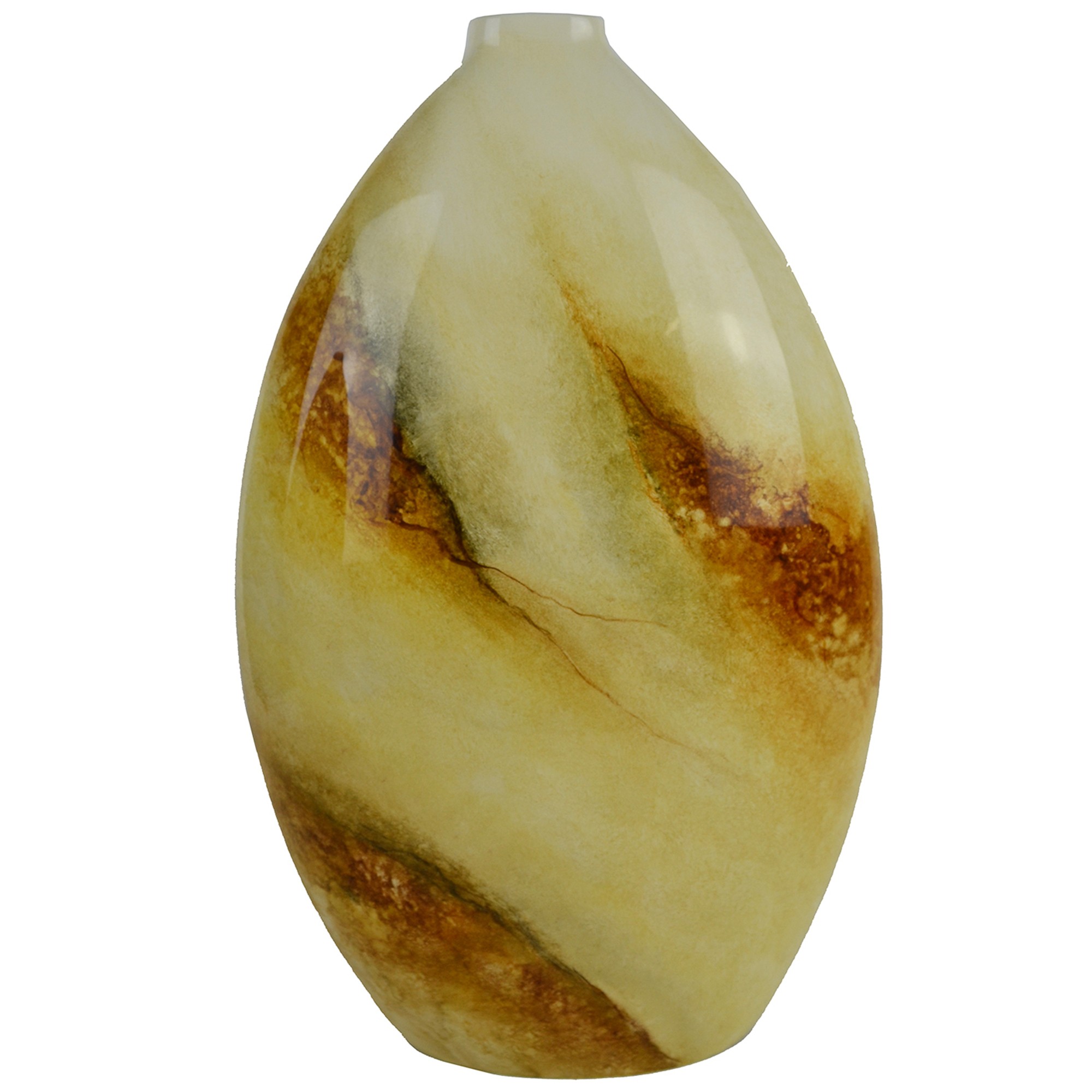
Βάζο από ελεφαντόδοντο | Πηγή εικόνας: img.zcdn.com.au
Όμως, παρά αυτές τις δημοφιλείς -μέχρι και τις μέρες μας- απόψεις, υπήρξε μια διαφοροποίηση στη σκέψη, που θα οδηγήσει στην εν μέρει αλλαγή της στάσης των ανθρώπων απέναντι στα ζώα. Ας μην ξεχνιόμαστε όμως. Αν και αυτή η αλλαγή είναι ισχνή, σχεδόν αόρατη, εντούτοις δεν παύει να αποτελεί τομή για τον ενιαίο τρόπο αντιμετώπισης όλων των ζωικών ειδών.
Οι πρώτες σκέψεις του Αντι-σπισισμού
Μπορεί να ακουστεί παράξενο το γεγονός ότι στη βάση της η δαρβινική σκέψη αντιμετωπίζει με μεγαλύτερο σεβασμό την ίση θέση ατόμου- ζώου από ό,τι αυτή σύγχρονών μας φιλοσόφων, όπως αυτή του υπερασπιστή των δικαιωμάτων των ζώων Peter Singer. Ενώ ο τελευταίος εμφανώς πέφτει στην παγίδα του σπισιμού, διατεινόμενος ότι ο άνθρωπος ως κατεξοχήν έλλογο ον έχει μεγαλύτερη αξία από οποιοδήποτε άλλο έμβιο ον -το οποίο μάλιστα είναι αντικαταστάσιμο-, ο Δαρβίνος, το 1872 στο βιβλίο του The Expression of the Emotions in Man and Animals, επιχειρεί να δει τα δύο είδη ως όμοια στην έκφραση των συναισθημάτων τους, συνοδεύοντας μάλιστα το κείμενο με οπτικό υλικό των συναισθηματικών καταστάσεων που βιώνουν αμφότερα τα είδη. Στόχος του Δαρβίνου δεν ήταν μόνο η απλή αναφορά στα συναισθήματα, αλλά η αντεπίθεση στους οπαδούς του δημιουργισμού (Creationism). Έτσι, θα μπορούσαμε να πούμε ότι ο ίδιος χρησιμοποίησε την έκφραση των συναισθημάτων ως το ισχυρότερο παράδειγμα της ύπαρξης μιας κοινής καταγωγής όλων των ειδών, καθώς αυτά μοιράζονται και εκδηλώνουν με παρόμοιο, πολλές φορές, τρόπο την ψυχική τους κατάσταση.
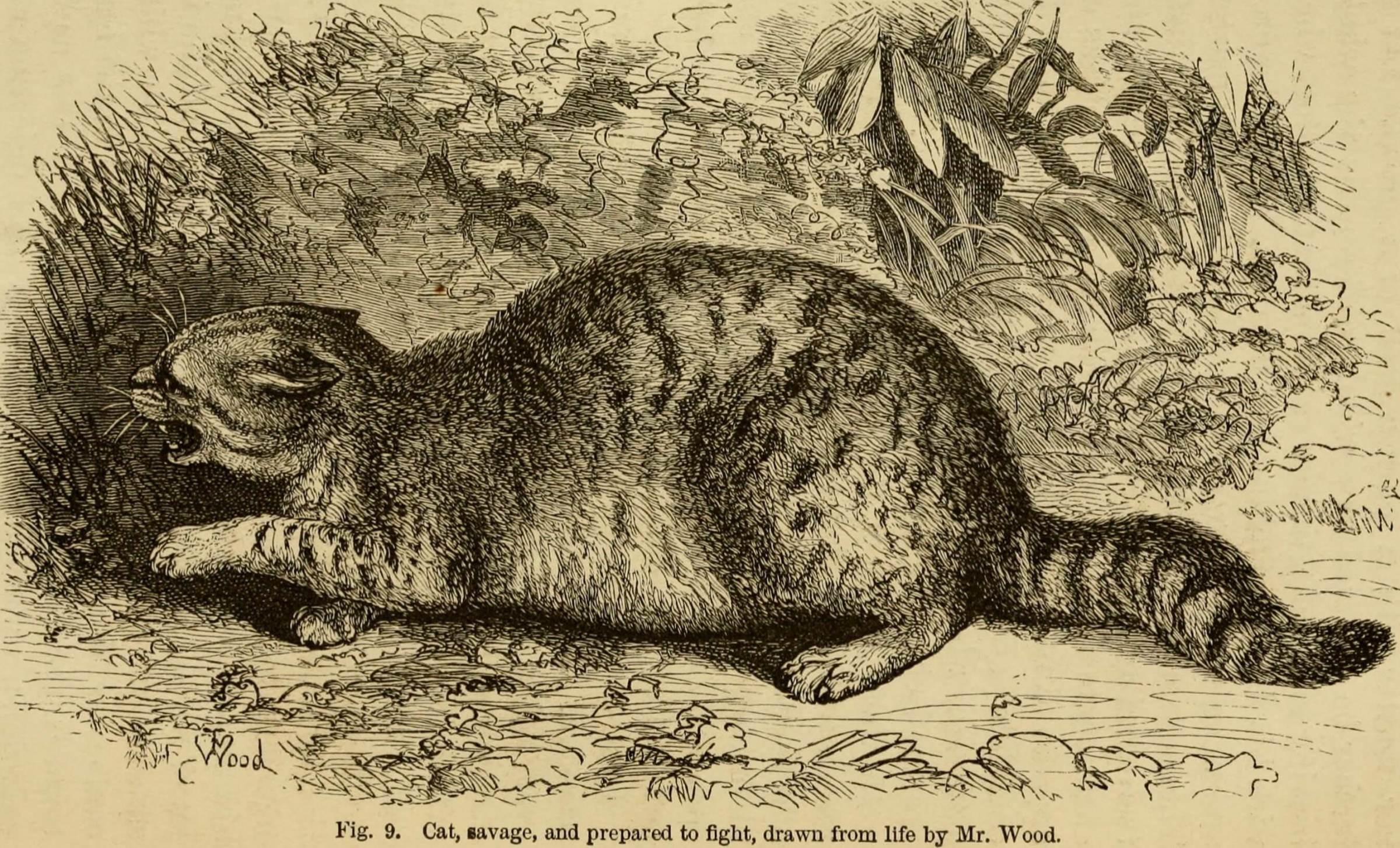
Σκίτσο του βιβλίου (γάτα έτοιμη να επιτεθεί) | Πηγή εικόνας: upload.wikimedia.org
Παρόμοια στάση κατά της διαφοροποίησης των ειδών και υπέρ του σεβασμού των ζώων εξέφρασε και ο Henry David Thoreau, ένας από τους πρώτους οικολόγους και βιγκανιστές. Στο βιβλίο του Walden (1854), διηγείται τα δύο χρόνια της ζωής του σε μία καλύβα στη φύση, μακριά από την αυξανόμενη εκβιομηχάνιση. Εκεί, ο Thoreau φαίνεται να ήρθε σε στενότερη επαφή με το περιβάλλον και τα ζώα, αποφεύγοντας την αγορά αγαθών και την κατανάλωση ζώων, εν αντιθέσει με τον συνήθη τρόπο ζωής που αναπτύχθηκε με τη βιομηχανική επανάσταση και κορυφώθηκε με την εμφάνιση του καπιταλιστικού μοντέλου ζωής.
Έχοντας κατά νου τις θέσεις του Thoreau, θα μπορούσαμε να θεωρήσουμε το αφήγημά του ως παράδειγμα για μια νέα στροφή στο design και τον αρχιτεκτονικό σχεδιασμό;
Οι δύο όψεις του σχεδιασμού
Όσο ο ανθρώπινος πληθυσμός αυξάνεται και η βαριά βιομηχανία επεκτείνεται, τόσο περισσότερο ο άνθρωπος θα επεμβαίνει στο φυσικό περιβάλλον και τους χώρους κατοίκησης των ζώων. Η άκρατη δασική αποψίλωση για την υπερεκμετάλλευση των καλλιεργήσιμων γαιών και η αστικοποίηση, που έχουν ως αποτέλεσμα την επέκταση των πόλεων σε φυσικά εδάφη, είναι οι δύο σημαντικότεροι παράγοντες που, μαζί με την κλιματική αλλαγή, έχουν οδηγήσει στην εξουδετέρωση των άγριων κυρίως ζώων. Δυστυχώς, επί δεκαετίες ο κλάδος της αρχιτεκτονικής αρνούνταν να δει το πρόβλημα που ο ίδιος δημιουργεί στην πανίδα, της οποίας στερεί τον χώρο κατοίκησης αλλά και ένα υγιές περιβάλλον. Επιπρόσθετα, η χρόνια υπερκατανάλωση κρέατος έχει στρέψει το ενδιαφέρον του βιομηχανικού σχεδιασμού στη δημιουργία μεγάλων εκτάσεων (κτηνοτροφικών μονάδων, ζωολογικών κήπων), όπου ζώα θα στοιβάζονταν πολλές φορές υπό άθλιες συνθήκες διαβίωσης, εφόσον η ζωή τους εκεί θα ήταν προσωρινή ή αντικείμενο διασκέδασης.
Η μεταστροφή σε μία άλλη όψη σχεδιασμού, λιγότερο ανθρωποκεντρική, θα μπορούσε να επιτευχθεί, μελετώντας τις ιδέες του Timothy Morton. Όντας ο ίδιος μέλος του Object-Oriented Ontology (ή OOO), ο Morton προτείνει να επανεξετάσουμε τη σχέση μας με ό,τι υπάρχει στον κόσμο, καθώς όλοι και όλα συνδέονται αναπόσπαστα μεταξύ τους, αφού, όπως αναφέρει: «The other thing is that Nature is not just an idea. It’s something that is sort of hardwired into built space as well as philosophical, psychic and social space.» Συνεπώς, δεν μπορούμε να διαχωρίσουμε τον χώρο της φύσης και ό,τι υπάρχει σε αυτόν, από την πόλη, καθώς όλα συμβιώνουν μαζί, μία πράξη που παίρνει τον όρο the symbiotic real.
Πρακτικά, μια πρωτοβουλία συμβίωσης συναντάται στη Σιγκαπούρη, με την κατασκευή της οικολογικής γέφυρας Eco-Link@BKE. Η μήκους 75 μ. γέφυρα συνδέει δύο καταφύγια άγριας ζωής, χωρίς να διακόπτει ή να ενοχλεί την πανίδα της περιοχής, σεβόμενη απόλυτα τα ζώα που βρίσκονται στο σημείο, αφήνοντας παράλληλα την κυκλοφορία να κυλήσει ομαλά.
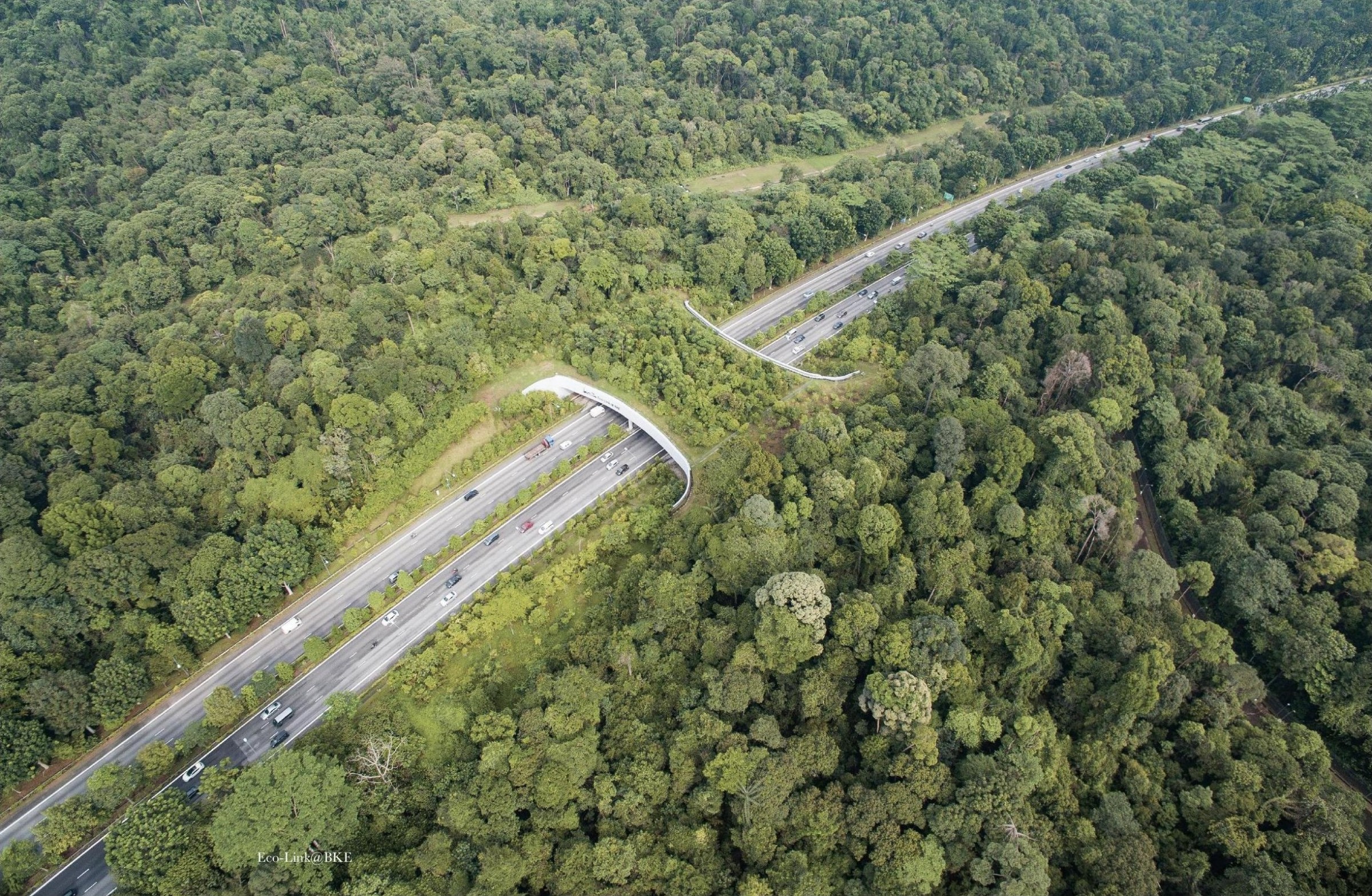
Γέφυρα Eco-Link@BKE | Πηγή εικόνας: fourthavenue.residences-com.sg
Εξίσου επηρεασμένος από τις θέσεις τού OOO ήταν και ο Pierre Huyghe, ὀταν το 2010-2011 παρουσίασε το Zoodram. Στο συγκεκριμένο project ο ίδιος έβαλε πολλά είδη ασπόνδυλων να συνυπάρχουν σε ενυδρεία, γύρω από τα οποία περιπλανάται ο σκύλος του. Με τον τρόπο αυτόν, ο Huyghe υπογραμμίζει τη συνύπαρξη απρόσιτων για τον άνθρωπο «τόπων», που για να τους συναντήσει θα πρέπει να λάβει υπόψη -και να εκπαιδευτεί ο ίδιος για να παρατηρήσει- τις πολλαπλές διαμέτρους που υπάρχουν.

Zoodram (Pierre Huyghe) | Πηγή εικόνας: artandseek.org
Ακόμα, το project της Christien Meindertsma, Pig 05049 (2007), μας υπενθυμίζει πόσα προϊόντα (όπως πυρομαχικά, φάρμακα, φωτογραφικό χαρτί, τσιγάρα, κοντίσιονερ κ.α.) άθελά μας έχουμε αγοράσει, χωρίς να γνωρίζουμε πολλές φορές ότι για αυτά έχει χρησιμοποιηθεί ως πρώτη ύλη ένα ζώο, στην προκειμένη περίπτωση το γουρούνι 05049. Για να μάθουμε, λοιπόν, τι ζωικό προϊόν έχουμε καταναλώσει ακούσια, μπορούμε να ξεφυλλίσουμε το συγκεκριμένο, σοκαριστικά αληθινό λεύκωμα.

Pig 05049 (Christien Meindertsma) | Πηγή εικόνας: joliat.net
Η ευαισθητοποίηση αρκεί
Όπως είναι φυσικό, δεν πρόκειται να στραφούν όλοι στη χορτοφαγία. Αυτό, άλλωστε, δεν θα έφερνε το επιθυμητό αποτέλεσμα στον σεβασμό των ζώων, αφού δεν αλλάζει την κατάσταση εκμετάλλευσης με άλλους τρόπους.
Αυτό που ευελπιστούμε ως κοινωνία, είναι η αφύπνιση όλων για την παρούσα κατάσταση και τη βίαιη πολλές φορές συμπεριφορά απέναντι σε όλα τα ζώα, και η ευαισθητοποίηση για τη θέσπιση νόμων που θα προστατεύουν ισάξια όλα τα ζώα, από κάθε μορφής κίνδυνο και εκμετάλλευση. Ίσως έτσι πάψουμε να στενοχωριόμαστε μονάχα για την αδέσποτη γάτα ή τον δεμένο σκύλο και κοιτάξουμε όλα τα «αντικαταστάσιμα» ζώα με περισσότερη ενσυναίσθηση.
Ελπίζουμε οι τομείς του design και της αρχιτεκτονικής να κινηθούν αμφότεροι προς αυτόν τον δρόμο, αποτελώντας το φωτεινό παράδειγμα για μια ουσιαστική μεταστροφή. Σαφώς, κάποια βήματα σιγά-σιγά έχουν γίνει, με τη χρήση βιώσιμων υλικών που σέβονται τον πλανήτη στο σύνολό του. Όμως, δεν μένει τίποτα άλλο παρά να δούμε τα αποτελέσματα μιας μαζικότερης προσπάθειας.
Further reading and Sources:
Τι είναι σπισισμός; Από: animalscare.gr.
Architecture for Animals- Should we build better or not at all? Από: re-thinkingthefuture.com.
D. Kerr (2016) What Is Object-Oriented Ontology? A Quick-and-Dirty Guide to the Philosophical Movement Sweeping the Art World. Από: artspace.com.
Καρτέσιος. Από: pelegrinis.gr.
N. Reed (2019). The Effects of Industrialization on Animals. Από: sciencing.com.
T. Gailliard (2021). What Causes the Extinction of Plants & Animals?. Από: sciencing.com.
A. Blasdel (2017). 'A reckoning for our species': the philosopher prophet of the Anthropocene. Από: theguardian.com.
Η συνέντευξη του Timothy Morton, στο: Timothy Morton: Ecology Without Nature. Από: lab.cccb.org.
**Για το project της Christien Meindertsma, στο: christienmeindertsma.com




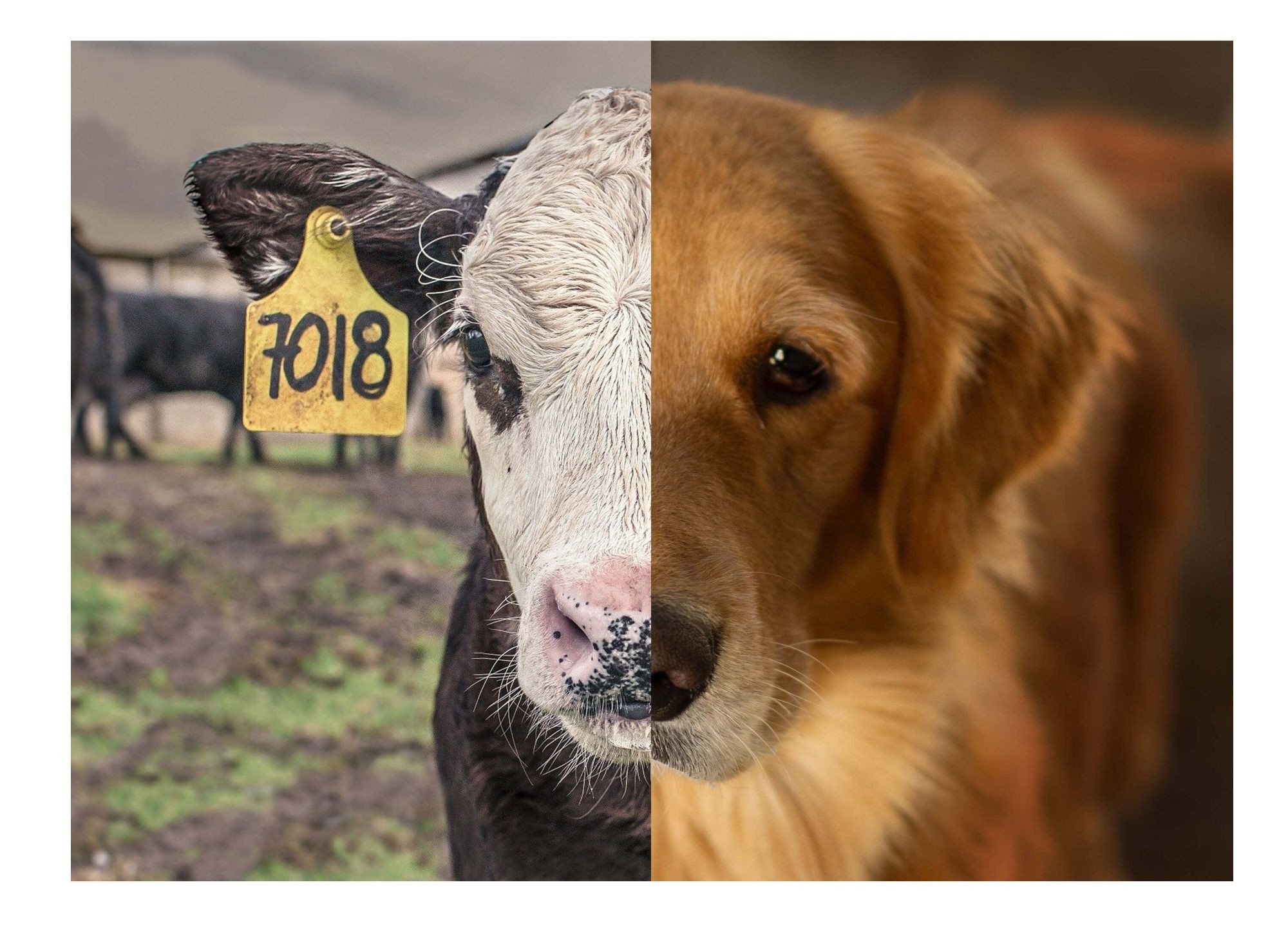
.jpg)

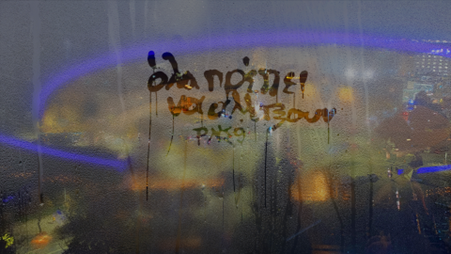
.jpeg)